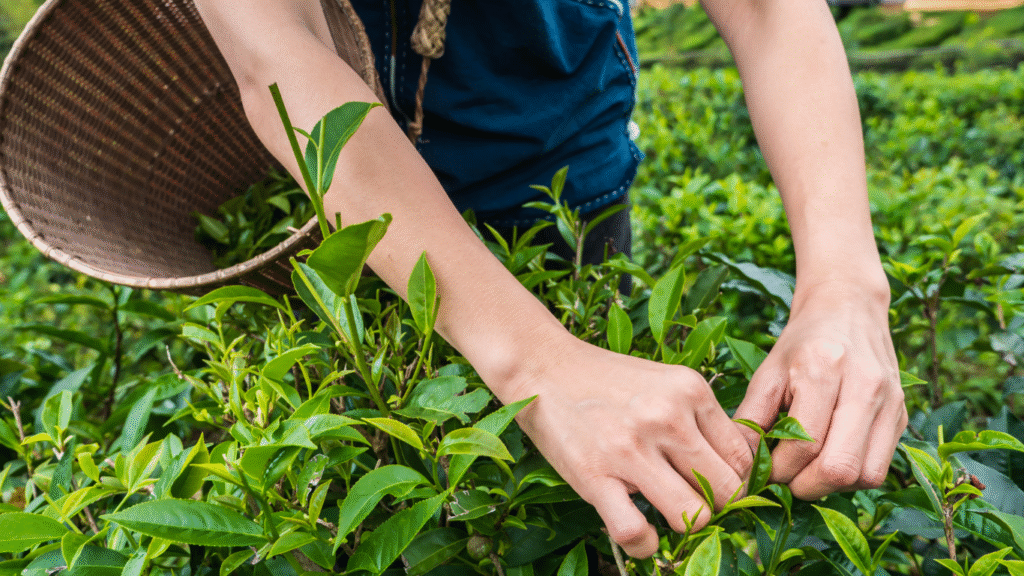If you’re growing food — whether on a farm or in a few pots — this is the most important question you can ask: Is my soil healthy?
Healthy soil is the foundation of nutrient-dense food, plant immunity, and long-term productivity. But most farmers and gardeners still judge soil by colour, yield, or the amount of urea they’ve added. That’s not enough.
Here’s how to accurately evaluate your soil health without needing a lab.
1. Check the Structure: Is Your Soil Well-Aggregated?
Good soil holds together in small crumb-like clusters — we call these aggregates. They should not be hard clumps or powdery dust.
Test it:
Take a handful of moist soil and squeeze it. A healthy soil will form a stable lump that crumbles easily when poked. If it forms a tight ball or breaks into fine dust, you’ve got compaction or degradation issues.
2. Look for Signs of Life
Healthy soil is alive. You should see:
– Earthworms
– Insect larvae
– Fine white fungal strands
– Organic residues decomposing slowly
If your soil smells like chemicals or shows no signs of life — that’s a red flag. Healthy soil has a mild, earthy smell.
3. Observe Plant Health — Without Looking at Yield
Don’t just look at how much your crop produced. Instead, observe:
– Root depth and branching
– Leaf colour (dull or overly dark green = possible nutrient imbalance)
– Pest resistance
– Early flowering or stunting
Healthy soil supports resilient, well-structured plants that don’t need constant sprays or support.
4. Test Infiltration: How Well Does Water Soak In?
Compacted or degraded soil causes waterlogging or runoff. You want your water to soak in gradually and deeply.
Simple test:
Dig a small hole (15 cm deep), pour in 500 ml of water, and time how long it takes to absorb. More than 30 minutes means poor infiltration.
5. Smell It
Yes — actually smell your soil. Healthy soil smells earthy, like rain on dry land. Sour, metallic, or no smell at all may mean anaerobic conditions or microbial loss.
Bonus: Do a Simple Home Soil Health Check
– Glass jar test for texture
– Compost smell and worm count
These are simple indicators that give you real feedback.
When Should You Get a Soil Test?
If:
– Crops are struggling without obvious cause
– Soil feels heavy, sticky, or overly dry
– You’re transitioning to regenerative practices
– You’re applying inputs but seeing no long-term benefit
Then it’s time for a test — not just for NPK, but for biology, structure, organic matter, and C:N ratio.
Final Checklist
| Indicator | What You Want to See |
| Structure | Crumbly, well-aggregated |
| Life | Worms, insects, fungal strands |
| Roots | Deep, branching, non-deformed |
| Smell | Fresh, earthy scent |
| Infiltration | Soaks in steadily, no pooling |
| Texture | Balanced (not too clay or too sandy) |
Good soil isn’t about looking good — it’s about functioning well.
If your soil breathes, holds water, feeds microbes, and supports plant health — you’re on the right path.

